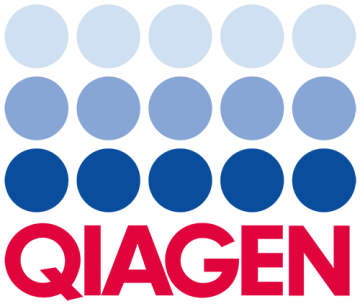Compilation and investigation of Australian Aboriginal X-STR haplotypes using the Investigator Argus X-12 QS Kit
- Discover how the Investigator Argus X-12 QS Kit was used for the generation of an Australian Aboriginal X-STR population database, consisting of 298 male haplotypes.
- Read the application note
QIAamplifier 96 compatibility testing with Investigator 24plex QS and Investigator 24plex GO! Kits
The STAR Q Swab AS Instrument for high-throughput PCR setup of QIAGEN’s Investigator STR GO! Kits
- Learn how the OmniSwab and STAR Q workflow, used in combination with Investigator STR GO! Kits, can be used as an effective and easily adopted solution for laboratories looking to automate their manual process or increase throughput for reference and database samples.
- Read the application note
Increase analysis efficiency and rework of low-quality samples with the automated Quality Sensor flagging in GeneMarker HID software
- Learn how GeneMarker software provides additional time savings and avoids potential human bias when evaluating samples that have unacceptable peak heights or decreasing peak height.
- Read the application note
The effectiveness of STR Quality Sensors to inform rework strategies and improve STR success of challenging samples
- Learn how QS markers can be used as a straightforward, consistent and valuable tool to assist in the interpretation of STR profiles from challenging samples.
- Read the application note
Comparison of four commercial qPCR kits for analyzing inhibited and degraded forensic samples
- Discover the differences between four different qPCR kits for analyzing high molecular weight DNA, low template samples, degraded samples and DNA spiked with various inhibitors.
- Read the application note
High-throughput assay setup for the Investigator 24plex GO! Kit from Bode Buccal 2 Assembled Cassette samples using the Hamilton easyPunch
- Discover an optimized workflow for the preparation of database samples for downstream DNA profiling using STR analysis. The workflow incorporates easy to use sample collection devices ensuring reproducible and error-free collection of DNA, automation for reliable sample manipulation, imaging and punching of these collection cassettes while ensuring full sample tracking and continuity and a DNA profiling assay optimized for direct amplification from database samples.
- Read the application note



